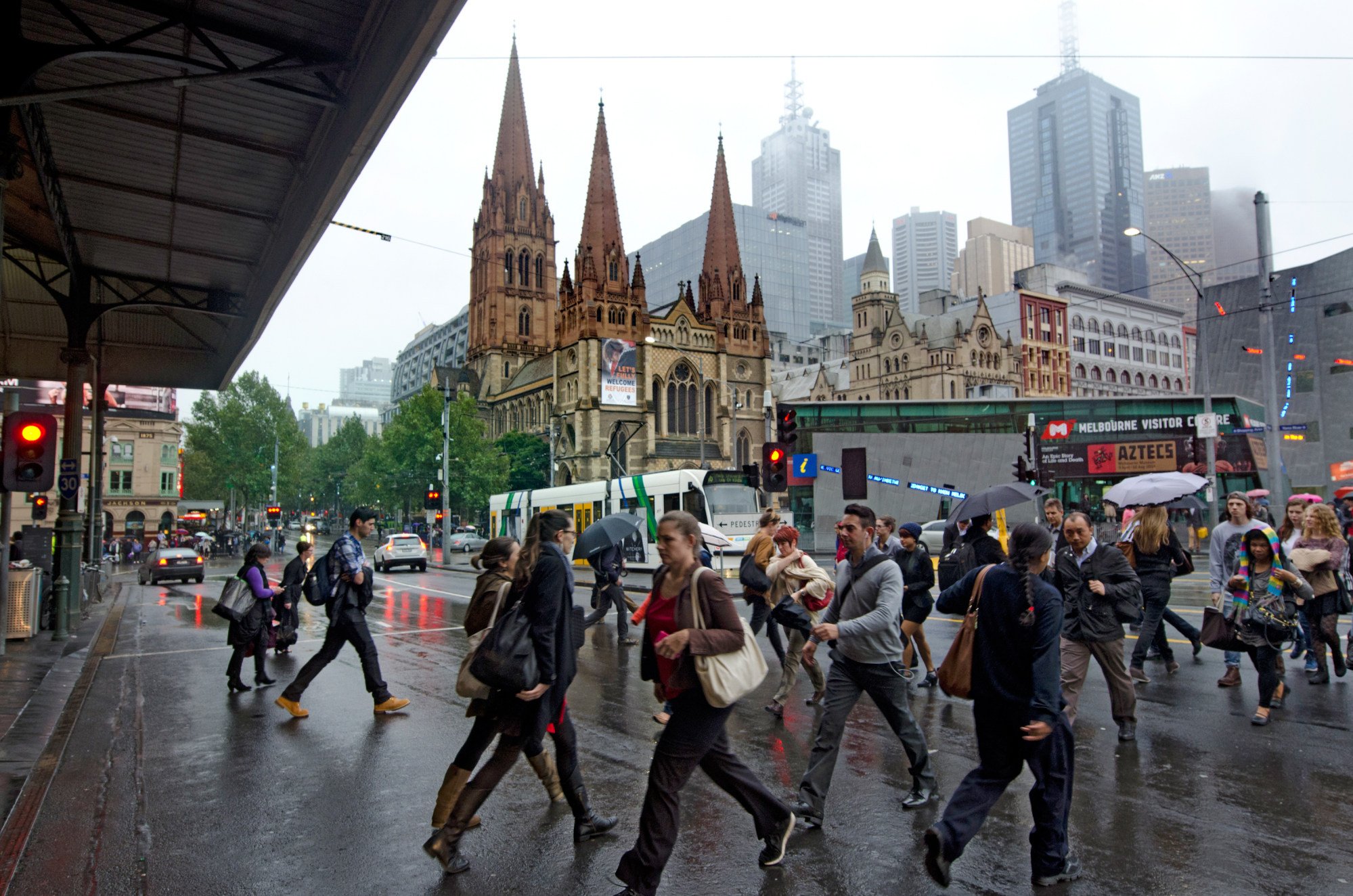Many women in the region are also likely to be unpaid family workers, according to the ILO.
Within informal work economies – of which there are plenty in Asia – an accurate gender pay gap is hard to measure, according to Elizabeth Hill, a political economy professor who co-leads the University of Sydney’s research into equal pay and the gender pay gap.
“[But] we do know that women are more likely than men to be employed in the informal economy and that wages in this part of the economy are on average much lower than those received from formal employment,” she said.
Consequently, equality in gender pay in East Asia and the Pacific had trailed other regions and progress in the region had been stagnating for over a decade, the WEF said.
“At the current rate of progress, it will take 189 years for the region to reach gender parity,” the forum said.
WEF’s latest annual review of global gender gaps last year said Pakistan, India, Japan and Myanmar were among the worst performers in the region with disparities of 35 per cent or more.
Earlier this week, Australia’s workplace gender equality agency (WGEA) published the names of about 5,000 Australian employers in the private sector and their pay data for the first time after new laws were passed last year that forced employers to provide transparency on pay.
Overall, the median total pay gap including bonuses across these employers stands at 19 per cent, just slightly lower than last year’s 19.8 per cent.
The new data also shone the light on companies with wide gaps, some as big as over 70 per cent, but those were few.

Many companies had gaps similar to the overall median of 20 per cent while those in the traditionally male-dominated financial services, property and construction, mining and aviation sectors tended to have bigger gaps of between 20 and about 40 per cent including Lendlease, Qantas, Virgin Australia Airlines, Macquarie Group and Woodside Energy.
Some Australian household names did better with pay gaps under the overall median, such as Fortescue Metals at 14.6 per cent and supermarket groups Woolworths and Coles at under 6 per cent.
Founding director of Australian consultancy firm The Lightbox Group Jemma Iles said on LinkedIn the data had exposed stark realities, angering and frustrating many people.
“I personally have had many instances during my career from my junior to executive roles where I have been paid significantly less than my male peers. While the urge to vilify companies with large gaps is strong, it’s crucial to remember that anger, albeit justified, doesn’t create solutions.”
She said what was key now was for business leaders to replace the negativity with change.
Australia’s biggest companies must now reveal gender pay gap yearly
Australia’s biggest companies must now reveal gender pay gap yearly
Australia’s gender pay performance has improved in recent years, reaching 26 on the WEF rankings last year, after being placed 50 in 2021.
The leap was not accidental, according to a Monash University analysis last year, which said Australia’s results were an outcome of “deliberate political action to empower women”.
Katy Gallagher, Australia’s Minister for Women, on Tuesday said providing transparency on pay gaps and employer names was a “pivotal moment”.
“By shining a light on gender pay gaps at an employer level, we are arming individuals and organisations with the evidence they need to take meaningful action to accelerate closing the gender pay gap in Australian workplaces,” she said.
But Australia still lags behind its closest neighbour New Zealand, according to the WEF. New Zealand’s pay gap has closed to about 14 per cent, making it one of the top five countries in the world with the smallest gap alongside Iceland, Norway, Finland and Sweden.

